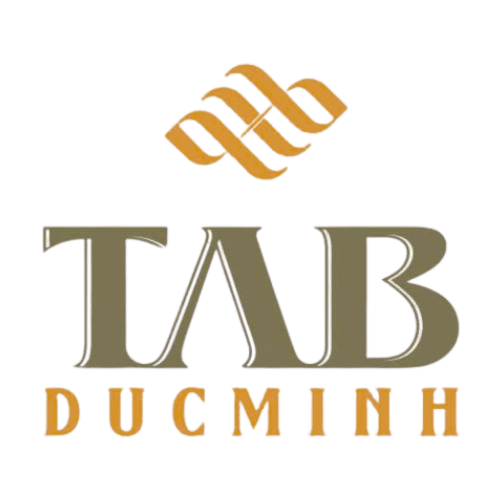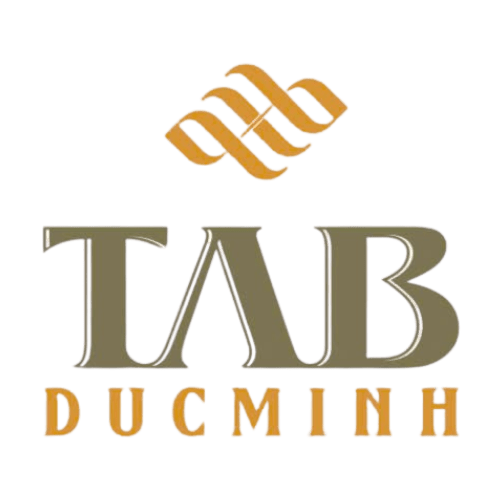Tin tức
The Divine Lineage: From Pharaohs to Modern Icons Like Sunlight Princess
Throughout human history, the concept of divine lineage has served as a cornerstone for understanding authority, legitimacy, and cultural identity. From ancient pharaohs claiming divine right to modern icons embodying cultural ideals, this enduring idea continues to shape societies. This article explores the evolution of divine authority, illustrating how symbols of power have transformed over millennia—culminating in contemporary figures like the Sunlight Princess, who exemplify timeless principles of inspiration, purity, and leadership.
Table of Contents
- The Origins of Divine Authority in Ancient Civilizations
- The Role of Myth and Religion in Upholding Divine Lineage
- Transition from Divine Rulers to Modern Icons
- The Sunlight Princess: A Modern Illustration of Divine Lineage
- Non-Obvious Dimensions of Divine Lineage
- The Intersection of Art, Power, and Myth in Shaping Divine Heritage
- Conclusion: The Enduring Spirit of Divine Lineage in Human Culture
The Origins of Divine Authority in Ancient Civilizations
Pharaohs as Divine Rulers: Religious and Political Legitimacy
Ancient Egypt exemplifies the close intertwining of divine authority and political power. Pharaohs were considered gods incarnate, embodying divine will on Earth. This belief granted them unquestionable legitimacy, reinforced through elaborate rituals, monumental architecture, and sacred texts. The Pharaoh’s divine status was not merely symbolic; it was woven into the very fabric of governance, ensuring stability and order in Egyptian society.
Cultural Symbols and Artifacts Affirming Divine Lineage
Artifacts such as the iconic Egyptian papyrus scrolls—some measuring up to 40 meters—serve as tangible evidence of the sophisticated ways ancient civilizations expressed their divine legitimacy. These texts often depicted divine genealogies, rituals, and hymns venerating rulers as divine entities. Such cultural symbols served as powerful tools to legitimize authority, creating a shared identity rooted in divine heritage.
Early Practices of Divine Reverence: Beekeeping as a Sacred Activity
Interestingly, sacred practices like beekeeping emerged over 5000 years ago in Egypt, reflecting reverence for nature and its divine qualities. Beekeeping was associated with Hathor, the goddess of love and motherhood, symbolizing purity and divine nurturing. Such activities were imbued with spiritual significance, illustrating how everyday practices could carry divine connotations in ancient cultures.
The Role of Myth and Religion in Upholding Divine Lineage
Mythological Narratives Linking Rulers to Gods
Mythology has played a crucial role in reinforcing divine lineage. For example, Egyptian myths often depicted Pharaohs as the descendants of gods like Horus or Osiris, establishing an unbroken divine right. These stories provided a divine pedigree that justified their rule and inspired loyalty among their subjects.
Rituals and Ceremonies Reinforcing Divine Status
Ceremonies such as coronations and offerings reinforced the divine status of rulers. The unending mystery surrounding the tombs of figures like Alexander the Great—whose Egyptian tomb has yet to be located—serves as a symbol of the enduring divine mystery and the sacredness attributed to divine figures across history.
Transition from Divine Rulers to Modern Icons
Shift in Perception of Authority and Divinity
As civilizations evolved, the perception of authority shifted from divine right to social contract and individual achievement. The rise of democratic ideals diminished the divine status of rulers, replacing it with cultural symbols and icons that inspire collective identity without direct divine attribution.
Transformation of Symbols of Power
Physical artifacts like statues and relics gave way to cultural icons, media personalities, and symbolic figures. These modern symbols serve as vessels of shared values and aspirations, often embodying qualities once reserved for divine figures.
Case Study: The Sunlight Princess as a Modern Embodiment
In contemporary culture, figures like the SUNLIGHT PRINCESS JACKPOTS exemplify how modern icons can embody divine heritage. While not divine in a literal sense, they symbolize ideals of purity, inspiration, and leadership, paralleling ancient divine symbolism.
The Sunlight Princess: A Modern Illustration of Divine Lineage
Background and Significance in Contemporary Culture
The Sunlight Princess has emerged as a powerful symbol representing hope, light, and spiritual purity. Her story resonates across various media, inspiring countless individuals and communities, much like ancient myths inspired loyalty and reverence.
Parallels with Ancient Divine Symbolism
Her association with light and purity echoes the divine symbolism of ancient rulers who were often depicted with halos, radiant crowns, or celestial motifs. These symbols served to elevate her status beyond mere personality—embodying ideals that transcend time.
Storytelling and Media’s Role in Elevation
Modern media amplifies her story, creating a narrative that elevates her to a revered icon. This process mirrors ancient rituals, where storytelling and artifacts reinforced divine authority, demonstrating the continuity of symbolic elevation across eras.
Non-Obvious Dimensions of Divine Lineage
Influence of Intangible Heritage
Beyond physical artifacts, intangible heritage—ideas, beliefs, and cultural memory—profoundly influences perceptions of divine lineage. Shared stories, rituals, and collective memories maintain the sacredness associated with symbols and figures, ensuring their relevance over centuries.
Continuity of Sacred Practices in Daily Life
Practices like beekeeping, rooted in spiritual traditions, continue today, embodying the sacred connection between humans and nature. Such activities highlight how divine principles persist in everyday routines, reinforcing cultural continuity.
Eternal Legacy: Symbols Across Millennia
Certain symbols and figures persist because they embody universal ideals—light, purity, wisdom—that remain relevant across ages. Their enduring presence in culture and media sustains a sense of divine heritage, linking past to present.
The Intersection of Art, Power, and Myth in Shaping Divine Heritage
Artistic Representations of Divine Figures
From Egyptian reliefs to Renaissance paintings, art has been instrumental in depicting divine figures and their attributes. These representations serve as visual rituals, reinforcing societal values and the divine right of rulers.
Myths as Reinforcers of Authority
Mythology creates a narrative framework that justifies authority, embedding rulers within divine genealogies. These stories foster loyalty and social cohesion, illustrating how myth and power are intertwined.
Modern Media’s Reinterpretation
Contemporary media reimagines divine lineage through films, literature, and digital platforms. Characters like the Sunlight Princess symbolize timeless virtues, demonstrating how myth continues to evolve and inspire.
Conclusion: The Enduring Spirit of Divine Lineage in Human Culture
From the grandeur of Pharaohs’ divine authority to the inspiring narratives of modern icons, the concept of divine lineage remains a vital part of human culture. It serves as a lens through which societies understand leadership, morality, and identity. Recognizing this continuity enriches our appreciation of cultural heritage and highlights how symbols like the SUNLIGHT PRINCESS JACKPOTS exemplify the ongoing human quest for meaning, inspiration, and connection to the divine.

